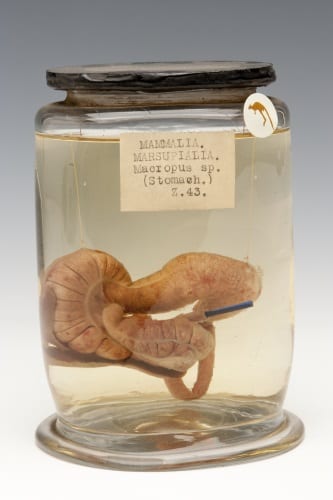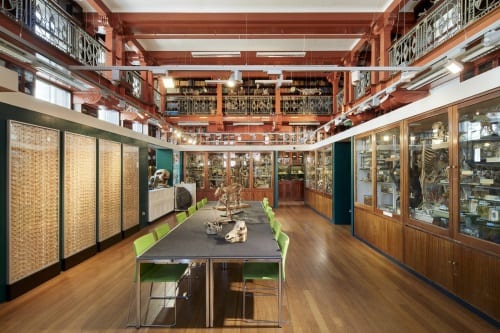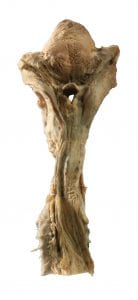Object of the Week 364: Cast of rickets
By Nina Pearlman, on 25 October 2018
Dr Nina Pearlman is Head of UCL Art Collections and curator of Disrupters and Innovators: Journeys in gender equality at UCL (UCL Octagon Gallery till February 2019)
My object of the week is a plaster cast of a child’s leg deformed by the disease rickets (UCL Pathology Collection P59b), included in the Disrupters and Innovators exhibition in the display case that features UCL women scientists. Amongst these scientists is Dame Harriette Chick (1875-1977) who is credited with finding the cause and cure for rickets. Her many contributions to preventative medicine were recognised with both a CBE and a DBE.
This object gives me pause to ask, how were women scientists perceived in the early twentieth century? What anti-feminist sentiments did they have to contend with and how did they go on to make groundbreaking and lasting discoveries despite the persistence of the anti-feminist agenda, at the time labelled anti-suffragist?
 Close
Close







